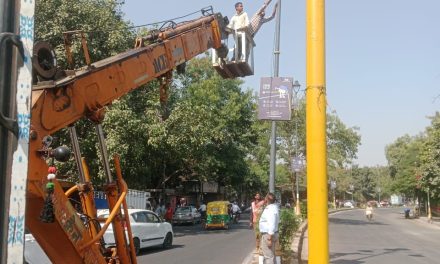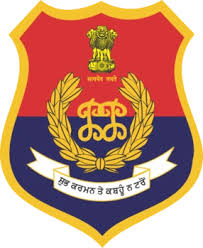Punjab Government Orders Major Reshuffle in Police Force, Transfers 143 ASPs and DSPs
In a significant administrative decision, the Punjab government has announced the transfer of 143 officers at the rank of Assistant Superintendents of Police (ASP) and Deputy Superintendents of Police (DSP) across the state. This major reshuffle, which includes officers from both the Indian Police Service (IPS) and the Punjab Police Service (PPS), is part of a broader government effort to enhance the efficiency of law enforcement and maintain the security infrastructure in the region.
The official transfer orders were issued on September 23, 2024. The Punjab government, under its ongoing initiative to streamline the police force, has strategically reassigned these officers to different districts and specialized units, aiming to address evolving law and order challenges. This move is expected to strengthen the policing system and ensure better coordination across various regions of the state.
Objective Behind the Reshuffle
The mass transfer of ASPs and DSPs is seen as a crucial step toward achieving the Punjab government’s goals of modernizing its law enforcement apparatus. These changes are intended to bring a fresh perspective to the police administration and improve the handling of key policing tasks, such as crime prevention, public safety, and maintaining peace in sensitive areas.
According to government sources, the reshuffle is designed to ensure that the right officers are placed in roles that align with their experience and expertise. By reassigning officers to districts where their specific skill sets are most needed, the government hopes to create a more responsive and efficient police force.
Impact on Law Enforcement
The transfer of such a large number of officers is expected to have a notable impact on law enforcement operations across Punjab. Officers transferred to new locations will bring their unique insights and strategies to local policing issues, potentially leading to improvements in crime control, community policing, and the overall maintenance of law and order.
Observers believe that this reshuffle will also help fill key administrative gaps in certain districts, where the lack of experienced officers has previously posed challenges in managing law enforcement effectively. The government’s move is seen as part of a larger reform agenda aimed at optimizing the performance of the Punjab Police force and addressing any inefficiencies.
Key Areas of Focus for the Transferred Officers
The transferred ASPs and DSPs are expected to play crucial roles in tackling some of the state’s most pressing issues, including drug trafficking, gang violence, and rural crime. In recent years, Punjab has faced challenges related to narcotics smuggling across its borders, and this reshuffle is part of a concerted effort to deploy capable officers to areas most affected by these issues.
Additionally, the officers will be responsible for enhancing coordination between various law enforcement agencies and ensuring that policing strategies are aligned with the state government’s broader public safety goals.
Previous Reshuffles in Punjab Police
This is not the first time the Punjab government has opted for a large-scale reshuffle of its police force. Previous transfers have been made with the aim of responding to evolving security challenges, such as border management and communal tensions. However, this particular reshuffle, with the transfer of 143 ASPs and DSPs, is one of the largest in recent times, reflecting the government’s determination to optimize its policing structure.
Public Reaction and Expert Opinions
Public response to the reshuffle has been largely positive, with many residents hoping that the reassignments will lead to improved policing and a reduction in crime rates. Some experts, however, have cautioned that frequent transfers can disrupt ongoing investigations and law enforcement initiatives, though they acknowledge that such moves are often necessary for refreshing the leadership in key areas.
Speaking on the matter, a senior police official stated that the reshuffle will bring in new energy and ideas to tackle the evolving nature of crime in the state. “The officers who have been transferred have demonstrated expertise in various aspects of policing, and their reassignment is aimed at ensuring that our force remains agile and effective,” he said.
Conclusion
This major reshuffle of 143 ASPs and DSPs is a strategic move by the Punjab government to strengthen law enforcement across the state. By placing officers in positions that best suit their skills, the government aims to improve overall policing efficiency and tackle key security concerns. The impact of this reshuffle will become clear in the coming months as the newly transferred officers settle into their roles and work towards enhancing the safety and security of Punjab’s citizens.




